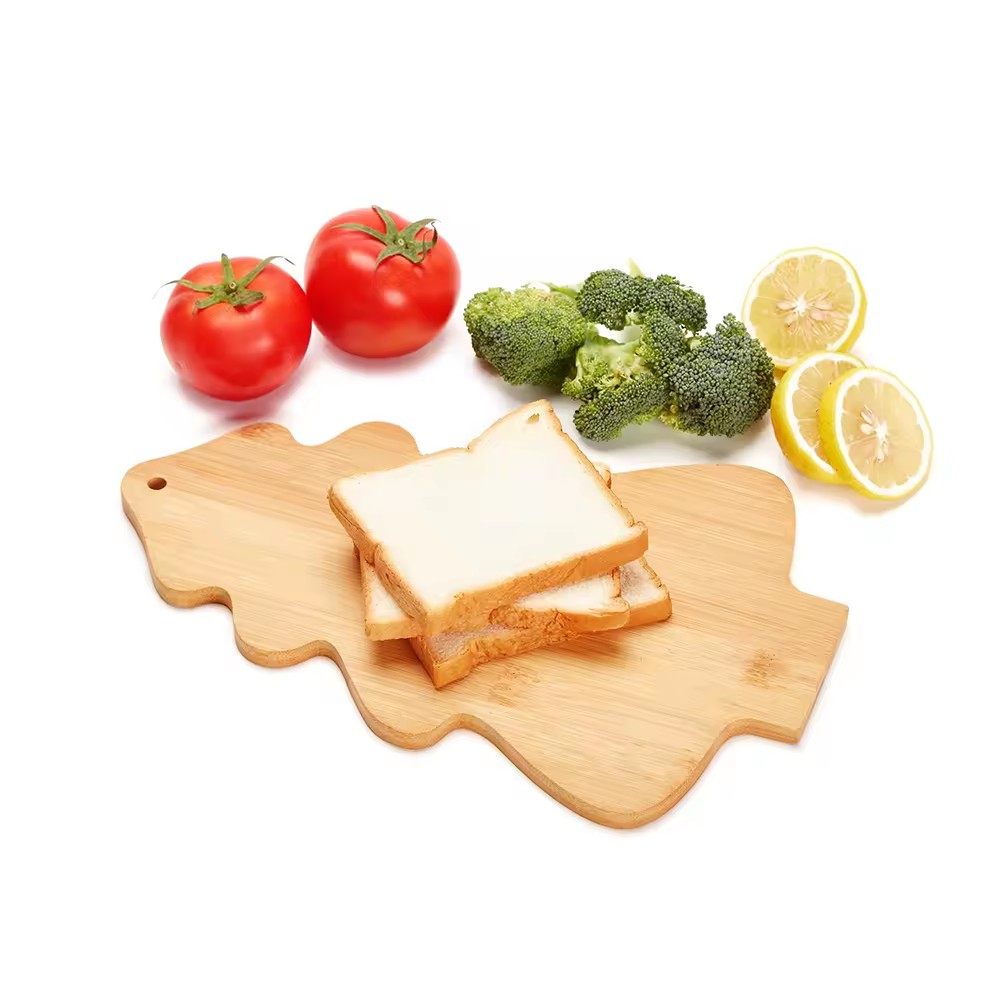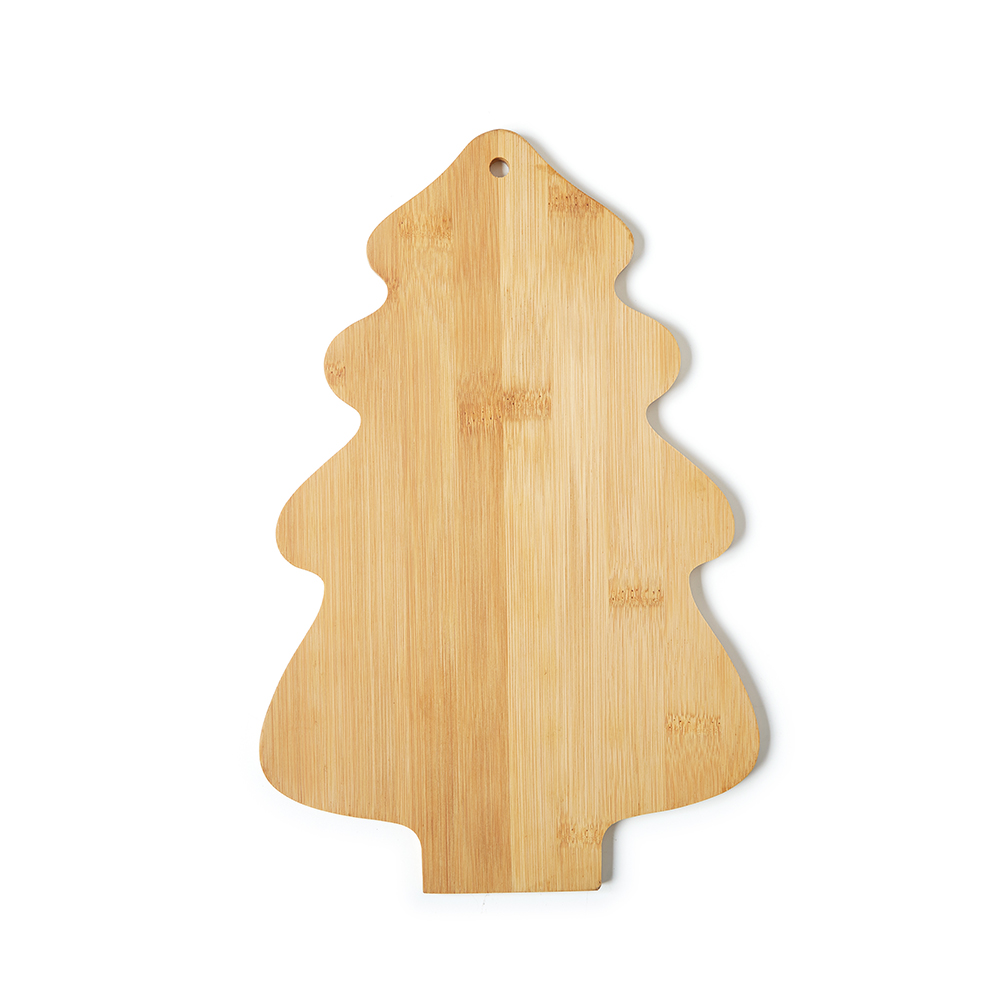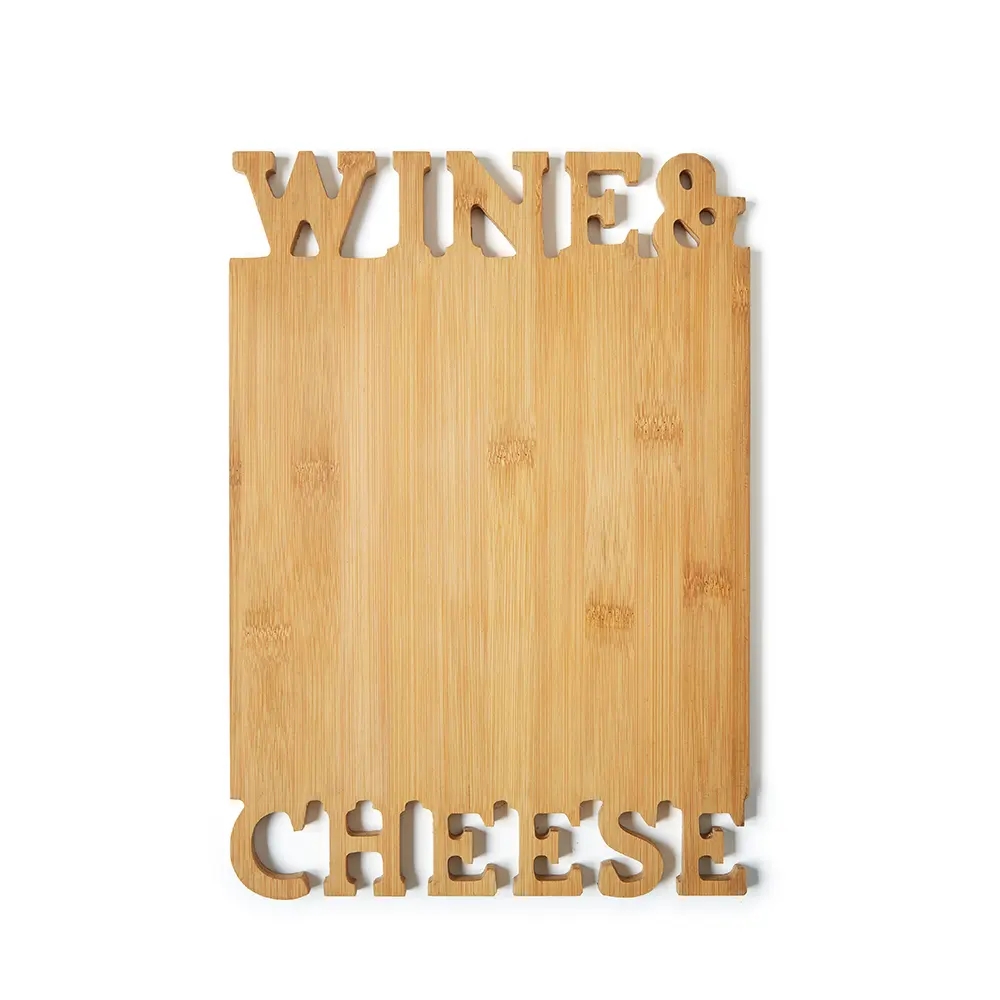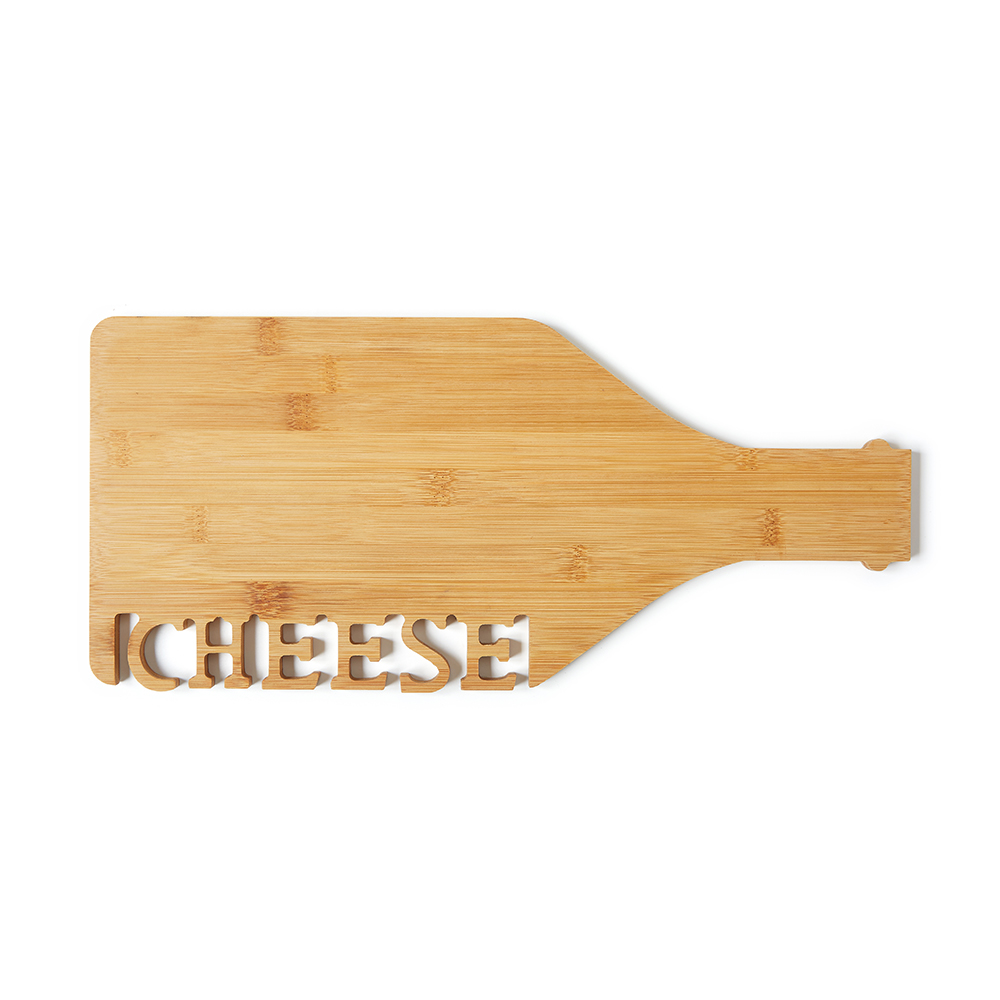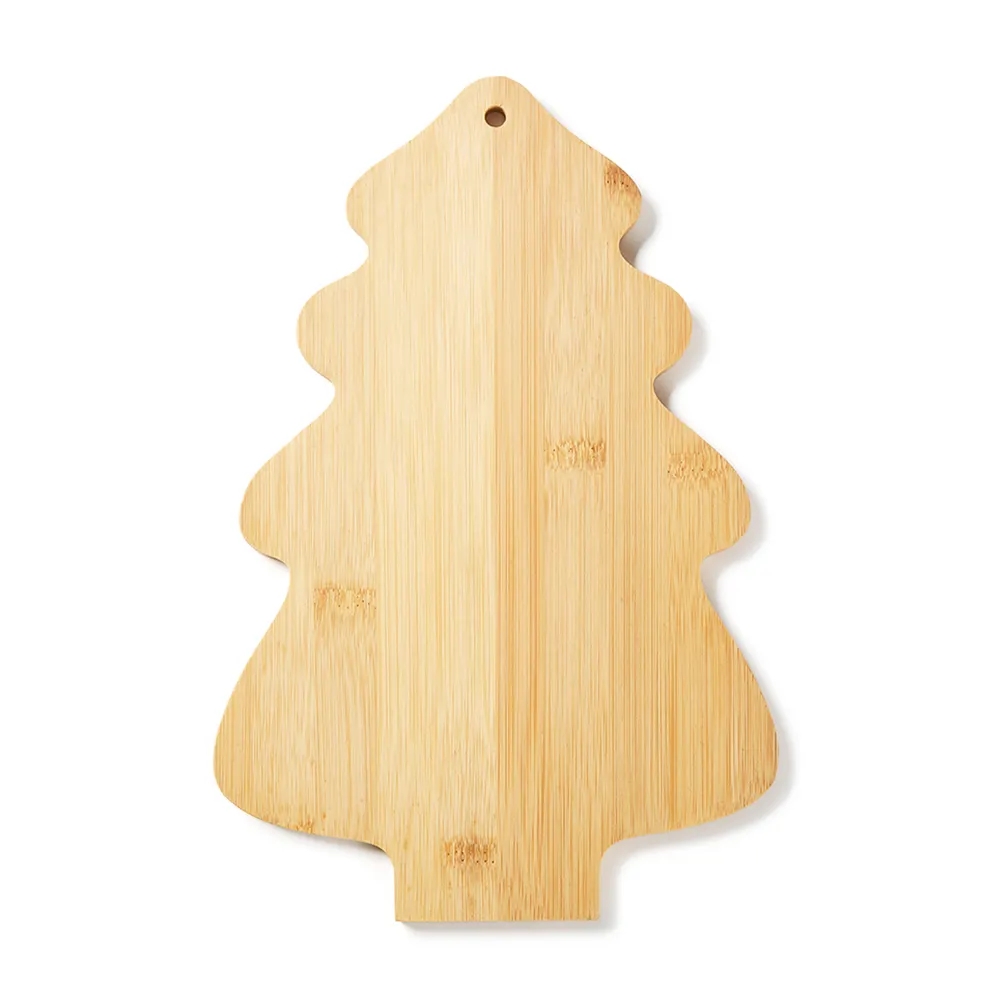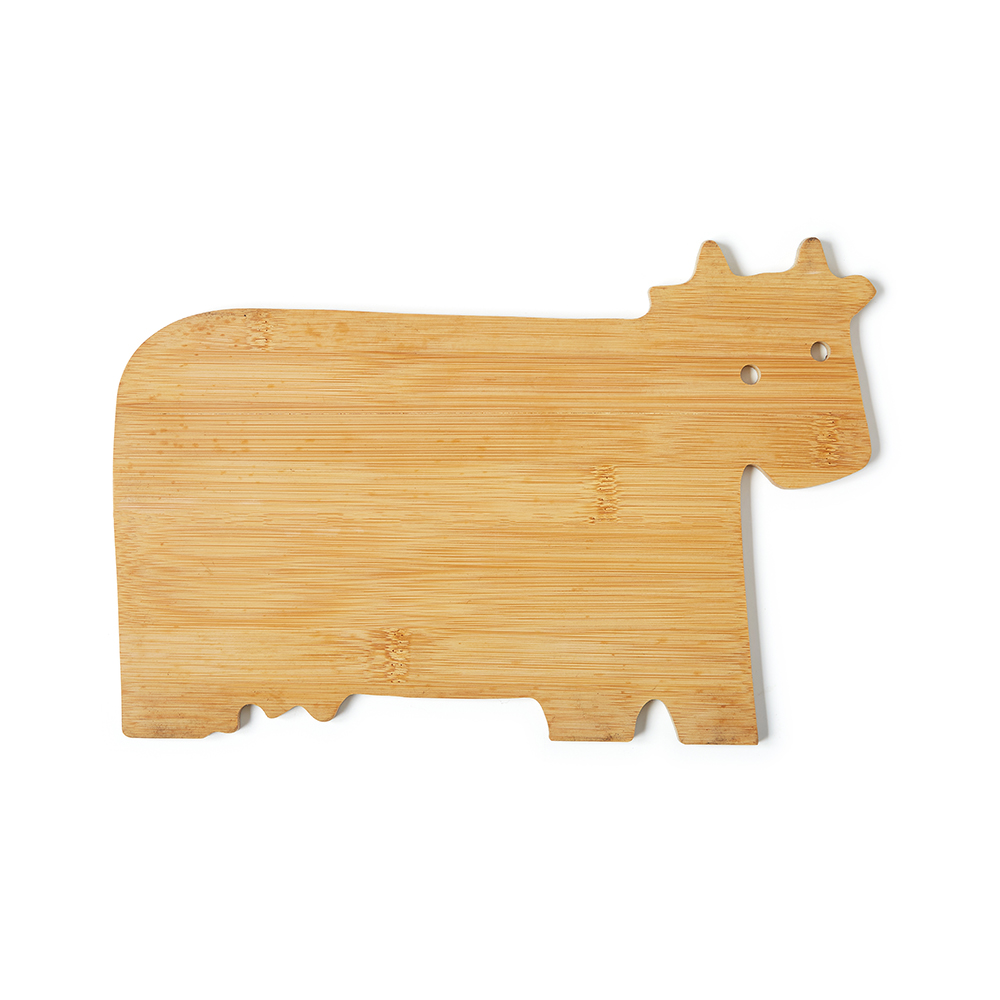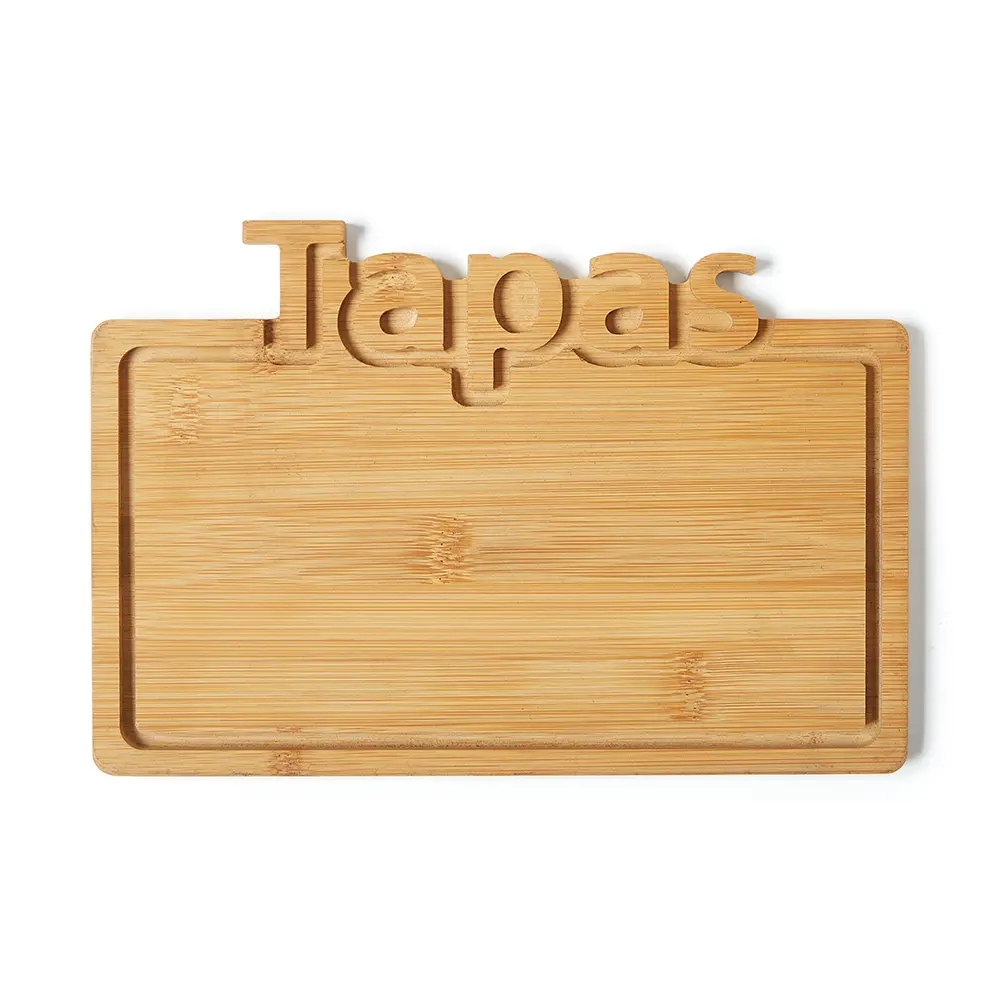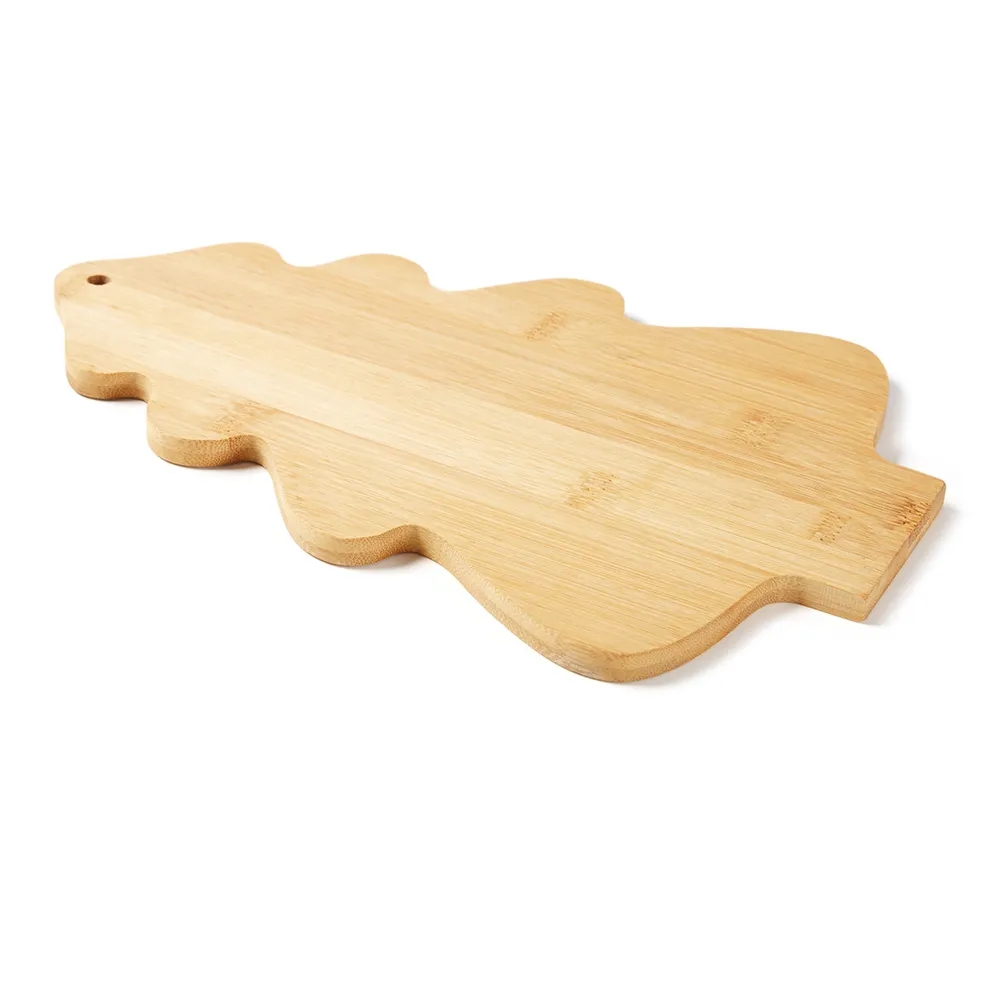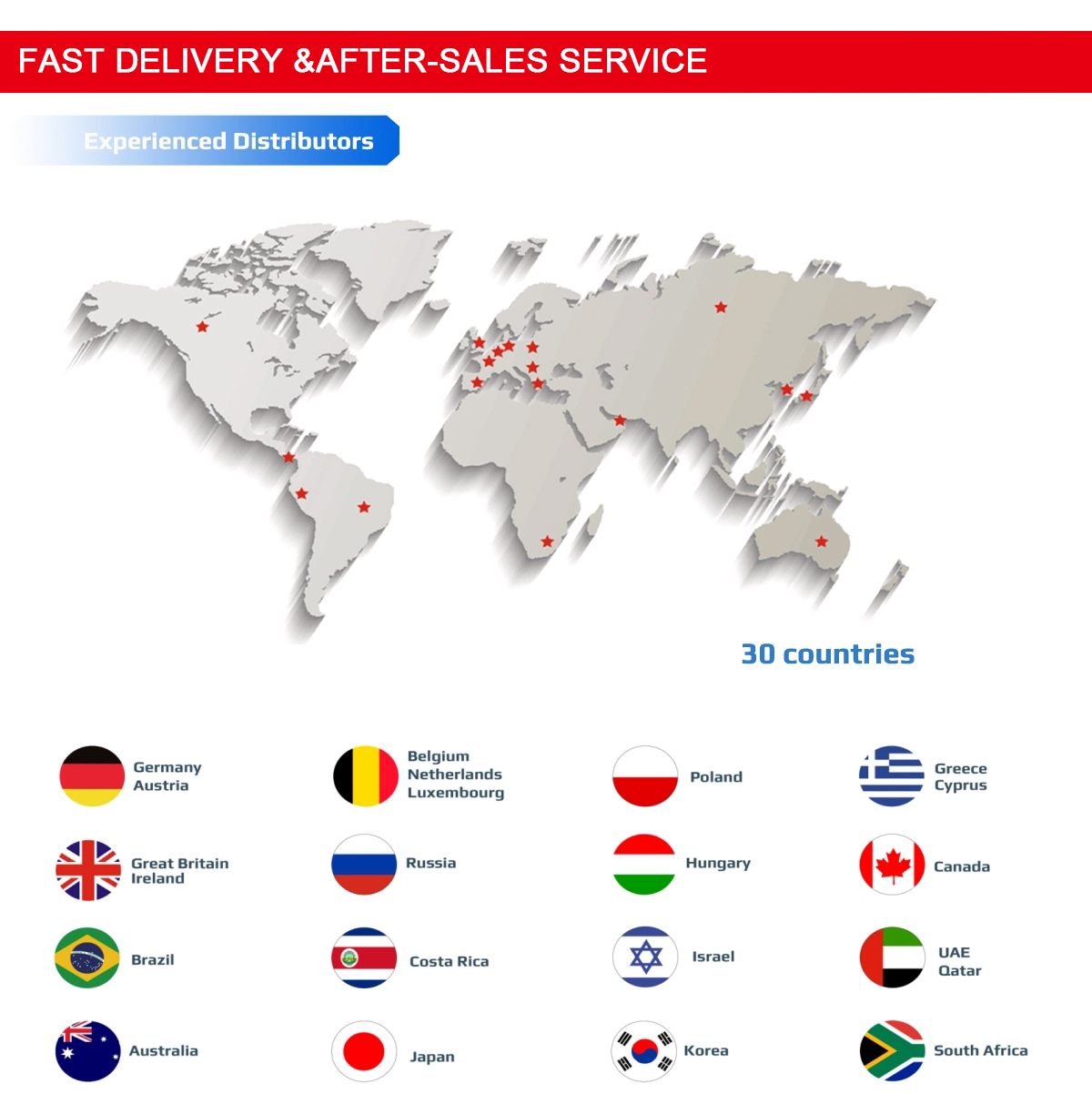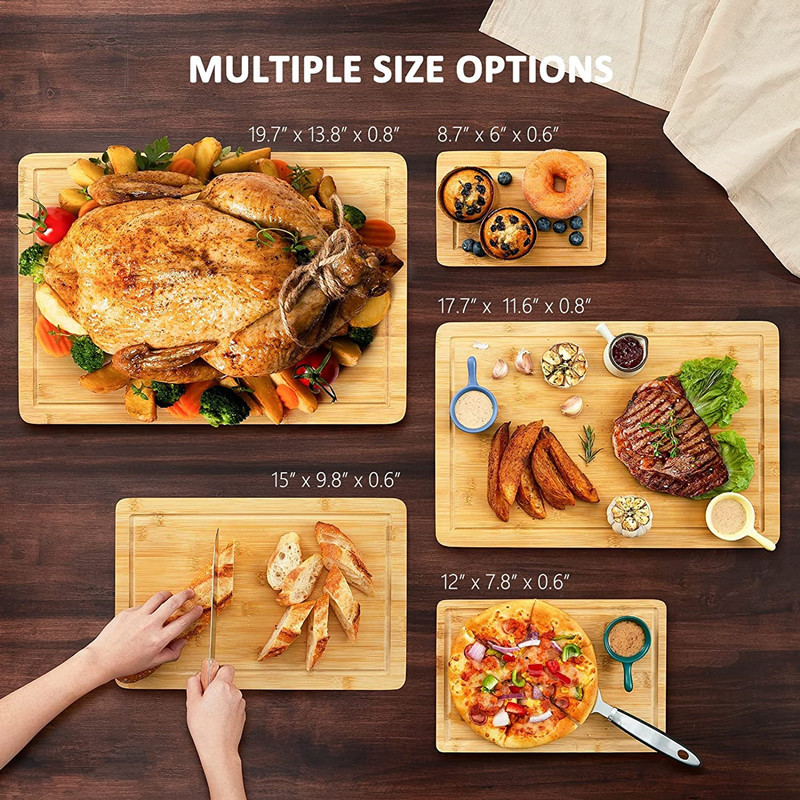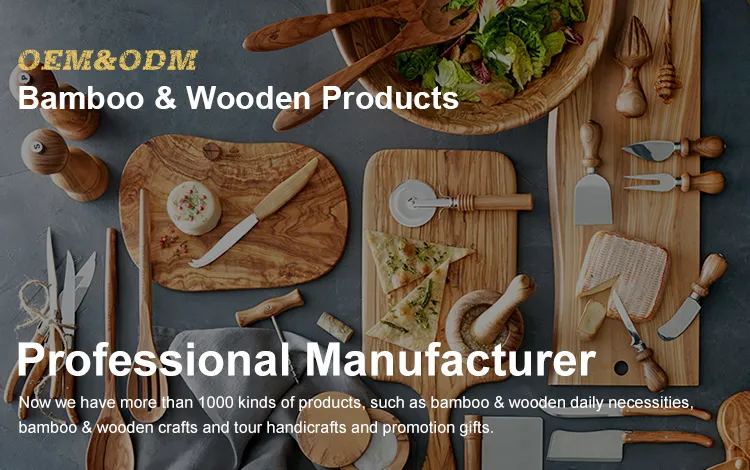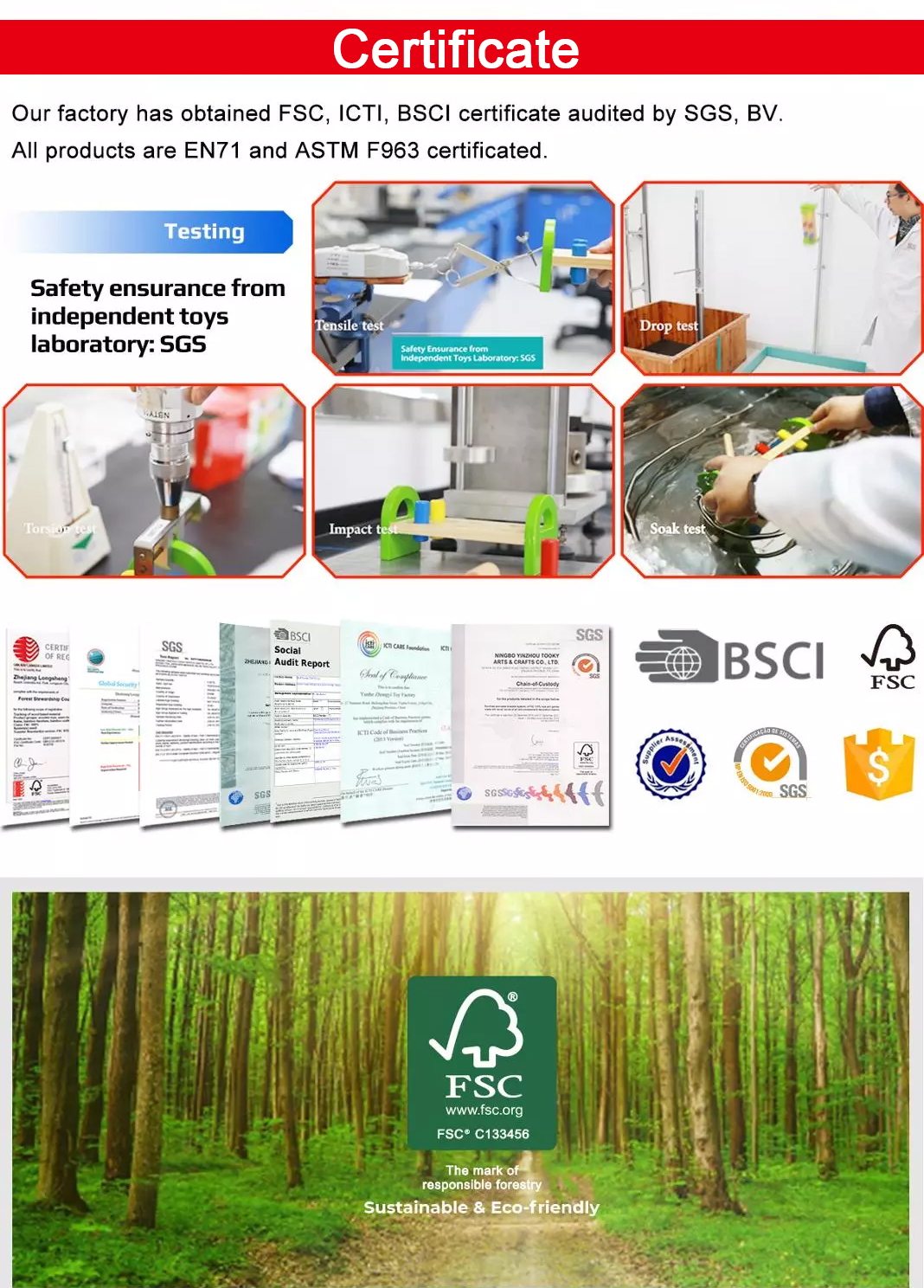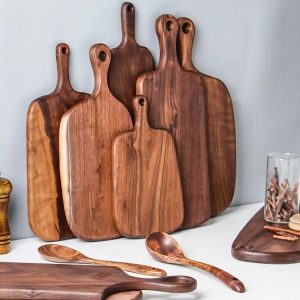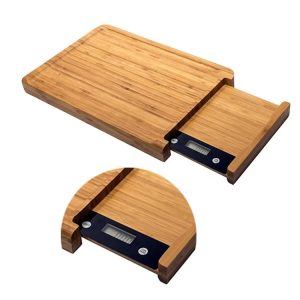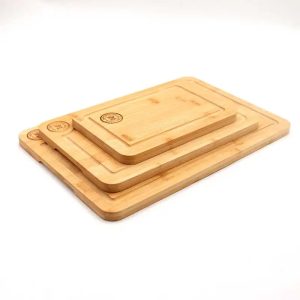Bamboo chopping boards offer several benefits that make them popular choices in the kitchen. Here are some of the advantages:
- Durability: Bamboo is a strong and durable material, making it resistant to cuts, scratches, and other forms of damage. It can withstand the impact of knives and chopping tools better than some other types of wood.
- Sustainability: Bamboo is a rapidly renewable resource. It grows much faster than hardwood trees, making it an environmentally friendly choice for those concerned about sustainability. Additionally, bamboo can be harvested without killing the plant, as it regenerates quickly.
- Lightweight: Bamboo is lighter than many hardwoods, making it easier to handle in the kitchen. This can be particularly helpful for individuals who may have difficulty lifting heavier chopping boards.
- Antibacterial properties: Bamboo has natural antibacterial and antimicrobial properties. This can be beneficial in the kitchen, where cleanliness is crucial. The natural properties of bamboo help inhibit the growth of bacteria on the surface of the chopping board.
- Knife-friendly: Bamboo is gentler on knives compared to harder materials. While it is firm enough to provide a stable cutting surface, it is less likely to dull the edges of your knives quickly.
- Low maintenance: Bamboo chopping boards require minimal maintenance. They are relatively easy to clean with mild soap and water. It’s important to avoid soaking them for extended periods, as excessive moisture can cause warping.
- Aesthetically pleasing: Bamboo has a warm and natural appearance that many people find appealing. It can add a touch of elegance to your kitchen and can be used for serving food as well.
- Renewable resource: Unlike traditional hardwoods, bamboo grows much faster and can be harvested without causing long-term environmental damage. This makes bamboo a more sustainable choice for those looking to minimize their environmental impact.
While bamboo chopping boards offer various benefits, it’s essential to note that their quality can vary. It’s advisable to choose high-quality bamboo boards, preferably those that are certified by reputable organizations for sustainable and ethical practices. Regular maintenance, such as oiling the board to prevent drying and cracking, can also help prolong its lifespan.
It seems there might be a slight confusion in terminology, as “bamboo picking board” is not a standard or widely recognized term. However, if you are referring to a bamboo cutting board or bamboo serving board that could be used for picking up and serving food, the advantages would be similar to those of a bamboo chopping board. Here are some potential advantages:
- Durability: Bamboo is a sturdy and durable material, making it resilient to cuts, scratches, and other impacts. This durability ensures that the board can withstand regular use in the kitchen.
- Sustainability: Bamboo is a rapidly renewable resource, and its cultivation has a lower environmental impact compared to traditional hardwoods. Choosing bamboo contributes to sustainability efforts.
- Lightweight: Bamboo is lighter than many hardwoods, making it easy to handle. This can be especially advantageous for tasks that involve picking up and serving food.
- Antibacterial properties: Bamboo has natural antimicrobial properties, which can be beneficial in the kitchen. These properties inhibit the growth of bacteria on the surface of the board.
- Knife-friendly: Bamboo provides a cutting surface that is gentle on knives. It is firm enough for stable cutting but less likely to dull knife edges quickly.
- Low maintenance: Bamboo boards are relatively easy to clean with mild soap and water. While they require minimal maintenance, it’s important to avoid prolonged exposure to moisture to prevent warping.
- Aesthetically pleasing: Bamboo has a warm and natural appearance that many people find appealing. This makes bamboo boards suitable for both kitchen use and serving food at the table.
- Renewable resource: Bamboo grows quickly, making it a sustainable choice for those who are environmentally conscious. Harvesting bamboo doesn’t involve cutting down the entire plant, as it can regenerate rapidly.
Whether for cutting or serving, the key is to choose a high-quality bamboo board and follow proper care instructions to ensure longevity. Additionally, if “picking board” refers to a specific type of board or has a different context, please provide more details for a more accurate response.

